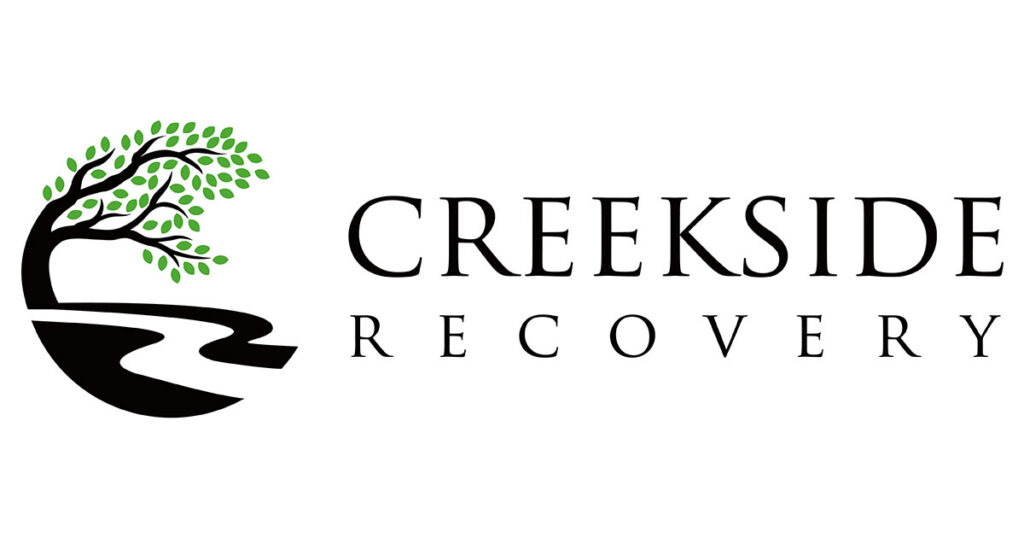
Inpatient Treatment Orinda: What Makes It Unique?
Key Benefits of Inpatient Treatment in Orinda
What is the Process Involved in Inpatient Treatment Orinda?
Addressing Common Concerns About Inpatient Treatment in Orinda
How to Select the Right Inpatient Treatment Orinda
Does Inpatient Treatment Orinda Really Work?

How long can you stay in inpatient rehab?
The duration of a stay in inpatient rehab can vary based on individual needs and the severity of the addiction. At Creekside Recovery, we believe in tailoring treatment lengths to best support each individual’s path to recovery. Typically, programs can last anywhere from 30 to 90 days, but some situations may require longer stays. The key is to ensure that individuals have enough time to fully engage with their recovery process, develop effective coping strategies, and prepare for a sustainable transition back into their daily lives. Our experienced team closely monitors progress and adjusts treatment plans as necessary to optimize outcomes.
What does inpatient treatment include?
Inpatient treatment at Creekside Recovery includes a combination of medically supervised detox, individual and group therapy, and holistic practices aimed at healing the mind, body, and spirit. Our program offers diverse therapies such as art therapy, yoga, meditation, and equine therapy. These activities not only support emotional processing but also promote physical wellness and mindfulness. The individualized care approach ensures that each resident receives attention and strategies suited to their specific needs, backed by a dedicated team of professionals including psychiatrists, therapists, and counselors. A focus on nutrition with meals prepared by an on-site chef further supports the recovery journey.
Who pays for inpatient rehab?
Paying for inpatient rehab can seem daunting, but there are several options available to help manage costs. Creekside Recovery accepts various insurance plans, and our team is committed to assisting prospective residents in exploring their financial options. We offer resources to help you understand what your insurance covers and work with you to develop a payment plan if needed. The focus is on removing financial barriers so that individuals can access the care they need. Investing in inpatient treatment is an investment in one’s future health and wellbeing, offering the tools and support necessary for long-term recovery.
Is inpatient treatment worth it?
Yes, inpatient treatment can be worth it for individuals seeking a structured environment to facilitate their recovery from addiction. At Creekside Recovery, we provide personalized care in a serene setting, which can make a significant difference in achieving and maintaining sobriety. The immersive nature of inpatient treatment helps individuals step away from daily stressors and focus entirely on healing. Many clients report that the supportive community and comprehensive therapy options have been instrumental in their journey towards a healthier, sober lifestyle. Success in inpatient treatment largely depends on the individual’s commitment and the quality of care provided, factors that Creekside Recovery prioritizes.
How do I choose the right inpatient treatment center?
Choosing the right inpatient treatment center involves considering several factors. First, research various facilities to understand their treatment philosophies and success rates. Visiting centers like Creekside Recovery can provide firsthand insight into their environment and care quality. Consider the range of therapies offered and whether they align with your needs and values. It’s also important to evaluate the staff’s expertise and the facility’s approach to aftercare, ensuring ongoing support after the inpatient program. Ultimately, the right center should feel like a place where you can envision yourself actively engaging in recovery and building a healthier future.
What is the role of family in inpatient treatment?
Family can play a pivotal role in supporting someone undergoing inpatient treatment. At Creekside Recovery, we encourage family involvement as part of the healing process. Regular communication is facilitated to maintain strong support networks, which can offer encouragement and accountability. Family therapy sessions are often available to help mend relationships and educate loved ones on how to best support the individual’s recovery journey. This involvement not only empowers the individual but also equips the family with tools to foster a more supportive environment post-treatment. Engaging family members can significantly bolster the recovery process and improve long-term outcomes.
What are the benefits of therapies like yoga and meditation in rehab?
Yoga and meditation are integral components of the holistic approach at Creekside Recovery. These therapies provide numerous benefits, including stress reduction, improved emotional regulation, and enhanced self-awareness. Engaging in these practices can help individuals manage cravings and develop healthier coping mechanisms. Yoga promotes physical health and flexibility, which can counteract some of the physical effects of addiction. Meditation fosters mental clarity and emotional stability, providing a peaceful space for reflection and growth. By incorporating these practices, Creekside Recovery supports a balanced recovery focused on nurturing the whole self, paving the way for sustainable sobriety.
Resources
- Substance Abuse and Mental Health Services Administration (SAMHSA) – SAMHSA is the leading agency within the U.S. Department of Health and Human Services focused on improving behavioral health. They provide resources, information, and treatment options for individuals dealing with substance abuse.
- National Alliance on Mental Illness (NAMI) – NAMI is a grassroots mental health organization dedicated to building better lives for the millions of Americans affected by mental illness. They offer support, education, and advocacy for individuals and families.
- National Institutes of Health (NIH) – NIH is the nation’s medical research agency, supporting scientific studies that improve health and save lives. Their website provides valuable information on various health topics, including addiction and treatment options.
- National Institute on Drug Abuse (NIDA) – NIDA is a component of the NIH dedicated to advancing addiction science. They provide research-based information on drug abuse and effective treatment approaches.
- American Psychological Association (APA) – APA is the leading scientific and professional organization representing psychology in the United States. Their website offers resources on mental health, addiction, and treatment modalities.
